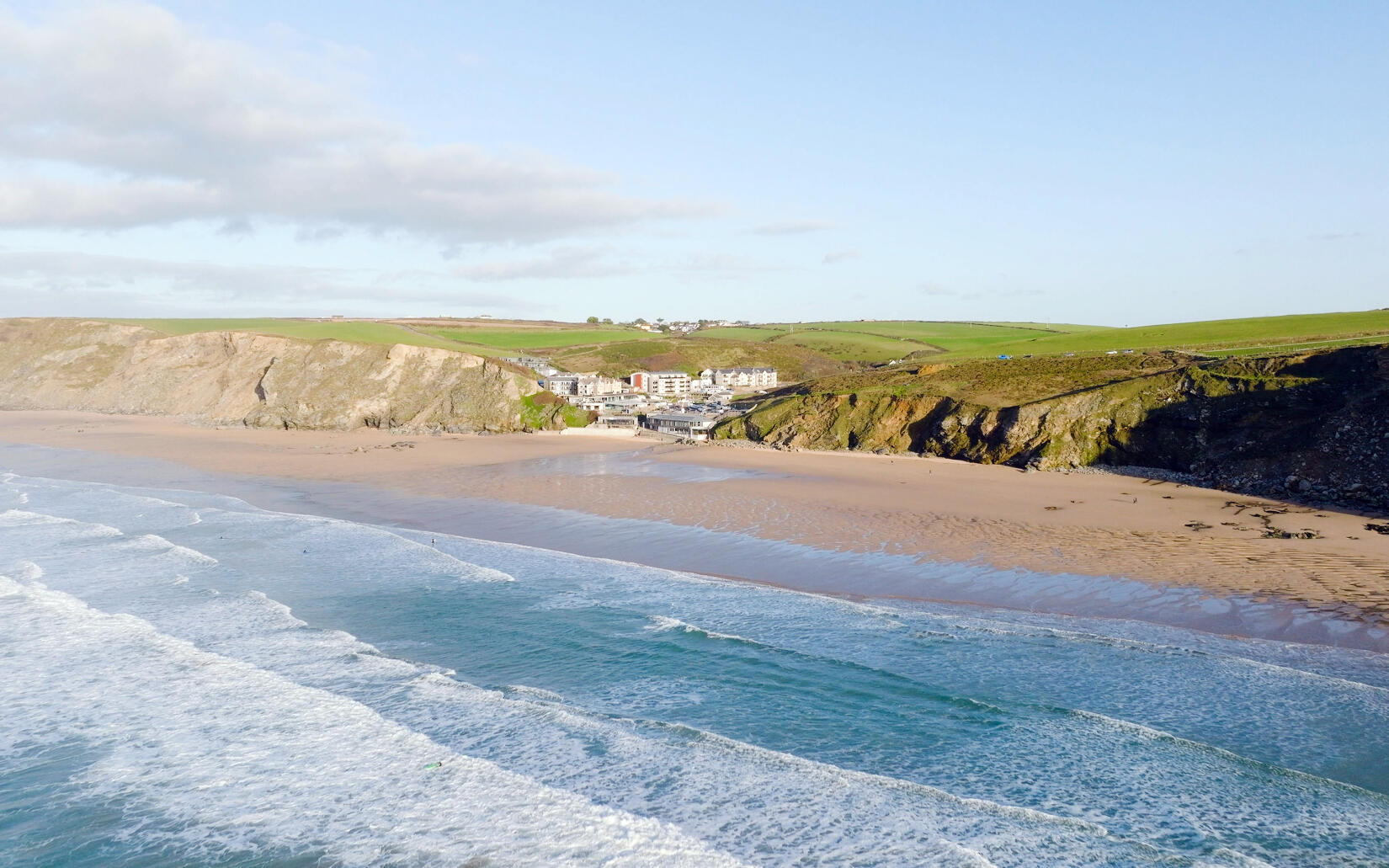Tidal clues
If you find yourself on a new beach or unfamiliar coastline without a way of accessing the tide times for the day, what are the tell-tale clues of the current tidal state?
Tide line
The high tide line on a beach is often clearly visible as a line of seaweed, sea creatures and assorted flotsam and jetsam. Exploring the ‘strand-line’ can yield unexpected finds. Look out for a ‘Mermaids Purse’ (the egg-cases of different species of shark) or take part in an impromptu beach clean.
A walk along this distinct line is the best way to approach beach-combing or a beach clean. If you find any branded plastic waste, why not participate in environmental charity Surfers Against Sewage’s plastic pollution campaign #ReturnToOffender – take a photo of your find and share on social media tagging the offending manufacturer and using #ReturnToOffender #SurfersAgainstSewage.
Storms and springs
If you look above the current tide line you might find larger items – fishing buoys, large logs and even the odd telegraph pole – either washed up by a past storm event or by larger ‘spring’ tides. These occur every month (not just spring), when the gravitational pull of the sun coincides with the moon to cause especially large tides.
Sand texture
Generally the further you travel up a beach away from the water, the sand texture will become coarser. On smaller ‘neap’ tides, the central part of the beach at Watergate won’t get covered by high tide. As a result it has a drier, ‘powdery’ appearance caused by the shuffling feet of beachgoers. If you plan on spending a day on the beach, take note of this zone – it’s the ideal place to set up without worrying about getting caught out by the incoming tide.
Tide state
On a dry day, wet sand that is free of footprints below the tide line is a good indicator that the tide is dropping. As a full tide cycle takes 24 hours and 50 minutes, if you know the tide time of a day in the previous week, you can easily work out the approximate time of the tide by adding an hour to that time for each day that has passed.
